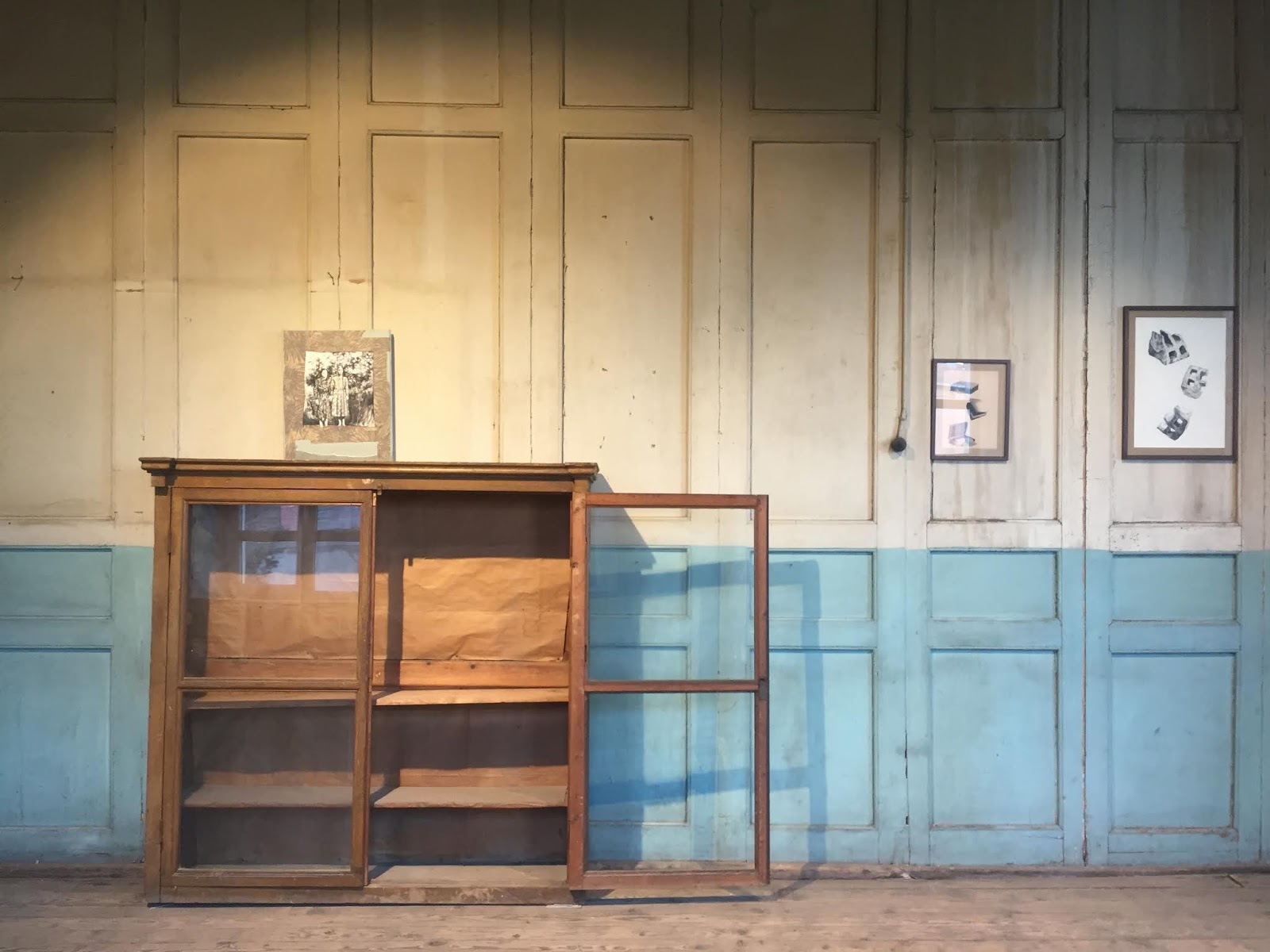Sisters - DANCING INTO ONE
DANCING
INTO ONE @Yuva Kimyon Greek Girls High School, Istanbul
Curated by Ezgi Yıldız
"...with it we all comprise a shifting figure of which it is the steady center: the Tower is friendly."[1]
Which Tower?
There is essentially only one Tower, and the
crowd that is seen from the top of it.
A mass of people. Some groups. Some couples,
some singles.
They stand side by side. Collectively.
All together.
A little like dancing.
As if they become just one body.
How to define that body which constantly
keeps turning? In which language it could best be defined? Or, from whom to
start?
Perhaps from the ones who come together under
a common goal or a similar form of victimisation. Because they would have
things to say. Those who are displaced; who are forced into migration carry a
story of escape to the places they go. Sometimes, the story is formed around a
minaret; sometimes in front of a fountain. But for most of the time, it
develops within the “fertile lands” of some distant time. Yet it always ends
with loss, death, ruin. It restarts after its end. It’s a perpetual cycle. A
metamorphosis.
That which does not metamorphose remains in the glances. It remains in photographs and waits for someone to encounter that photograph. A woman who sees in a bookshop a photograph of two women gazing into the distance might start daydreaming because of it. She makes sense of what she sees without needing any other form of remembering within a dream. Sometimes she even arrives at a conclusion and, for instance, she feels that a woman who tries to exist under certain lifestyles, which power imposes, can build her own home without even needing a wall.
Because home is private. It hides the emotions most. Maybe this is the reason why its main function does not change frequently. Spaces which are first made dysfunctional and then gain a new function, are usually public. Like parks, synagogues and schools. Places that take the Sun inside through their broken windows or places in front of whose majestic iron gates people stand...
[1] Barthes, Roland. The Eiffel Tower and
Other Mythologies. University of California Press, 1997, p3.


